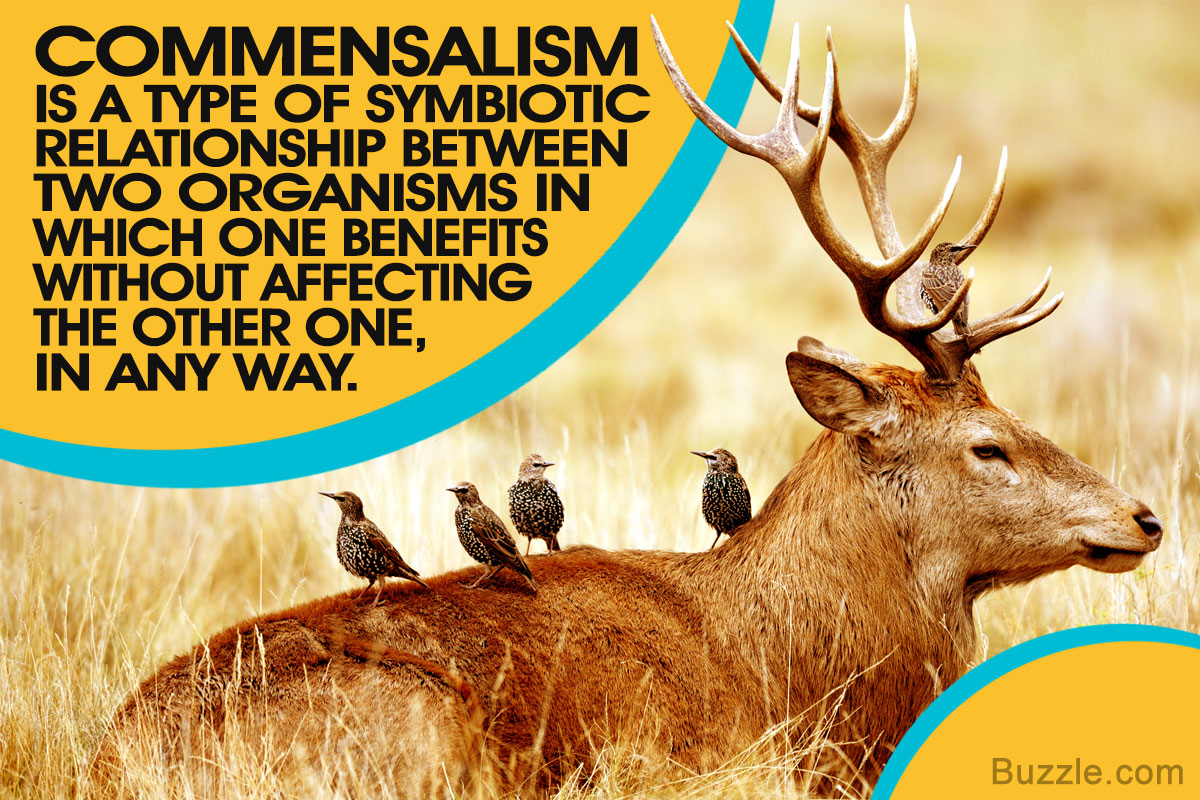Back to: BIOLOGY SS1
Welcome to class!
In today’s class, we will be talking about ecological management. Enjoy the class!
Ecological Management

Biological association
In a community, there exist different kinds of biological associations between organisms of different species. Some of these biological associations are beneficial, some are neutral while others are harmful.
Types of associations
Symbiosis:
This is a close association between two organisms in which one or both of them benefit from each other. Symbiosis is a beneficial association and each member is called a symbiont. This association can be further divided into
- Mutualism
- Commensalism
Mutualism
Mutualism is the association between two organisms in which both of them benefit from each other.

Examples of mutualism include:
- Algae and fungi in lichen;
- Protozoa in the intestine of termites;
- Nitrogen-fixing bacteria in the root nodules of leguminous plants;
- Bacteria in the rumen of ruminants.
Commensalism
Commensalism is a relationship between two organisms of different species, in which one (commensal) benefits while the other (host) neither gains nor loses.

Examples of Commensalism
- Remora fish and the shark,
- oyster and crab,
- man and intestinal bacteria. These bacteria live in the human large intestine. They feed on the food in the gut and do not harm the host.
Parasitism
Parasitism is a close association between two organisms in which one, known as the parasite, lives in or on the body of another; the host, deriving benefits from and causing harm to it while the host loses in the process. The parasite benefits from the association while the host usually suffers harm or may die. The benefits the parasite derives from a host may include food, oxygen, living space and support. The host is usually much bigger than the parasite. Parasitism does not usually lead to the death of the host. It can, however, lead to a number of harms such as the reduction in growth.

Examples of parasitism
- Man and the tapeworm:
- Mistletoe and flowering plant:
Competition
The competition involves the interactions among two organisms of the same or different species in which one outgrows the other and survives.
Competition is often based on limited environmental resources which can be in short supply such as food, water, nutrients, gases, light and space. During the competition, one organism controls one or more of these resources which enable it to grow and survive while the other neither grow nor survive to lead to its elimination.
When the competition is between members of the same species, it is called intraspecific competition while it is called interspecific competition if it is between members of different species.
Examples of Competitive Associations (a) Flowering plants and grasses: flowering plants due to its size and numerous branches and leaves are capable of eliminating the grasses by depriving the grasses of nutrients, space and sunlight. The grasses may eventually be eliminated
Predation
Predation is a type of association between two organisms in which the predator kills the other, called the prey and directly feeds on it. The predator which is usually larger in size and always stronger than the prey benefits by deriving its food while the prey is completely eliminated.
Examples of Predation
The hawk and chicks of domestic fowls, the leopard and antelope, the lion and gazelle
In our next class, we will be talking about Tolerance. We hope you enjoyed the class.
Should you have any further question, feel free to ask in the comment section below and trust us to respond as soon as possible.

This is the best science content I’ve encountered so far. Ample notes and pictures to buttress the points. Great job here!👍
yes ooo very nice
This class note is so good to use and prepare for exam
the best website I’ve seen so far
i love them